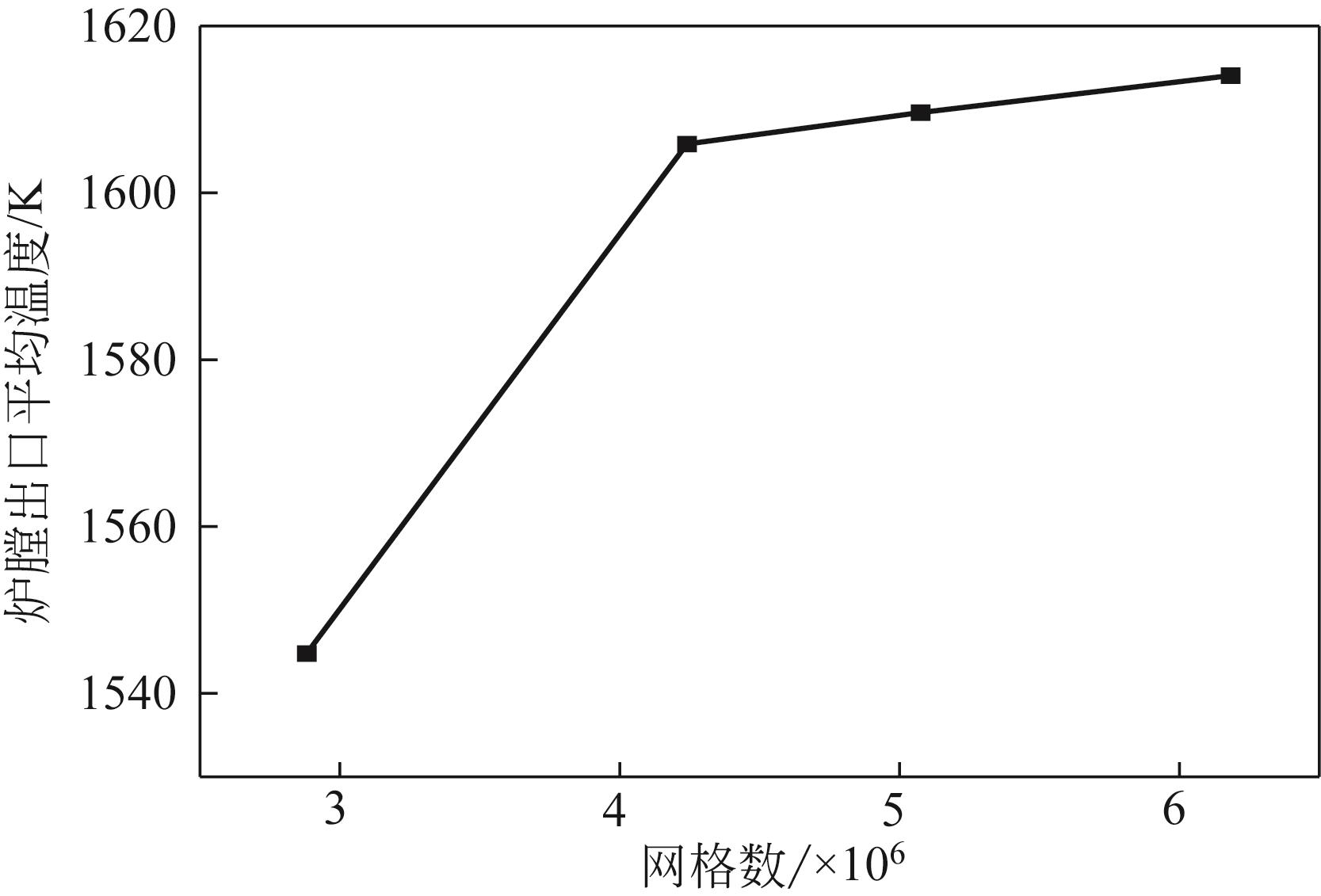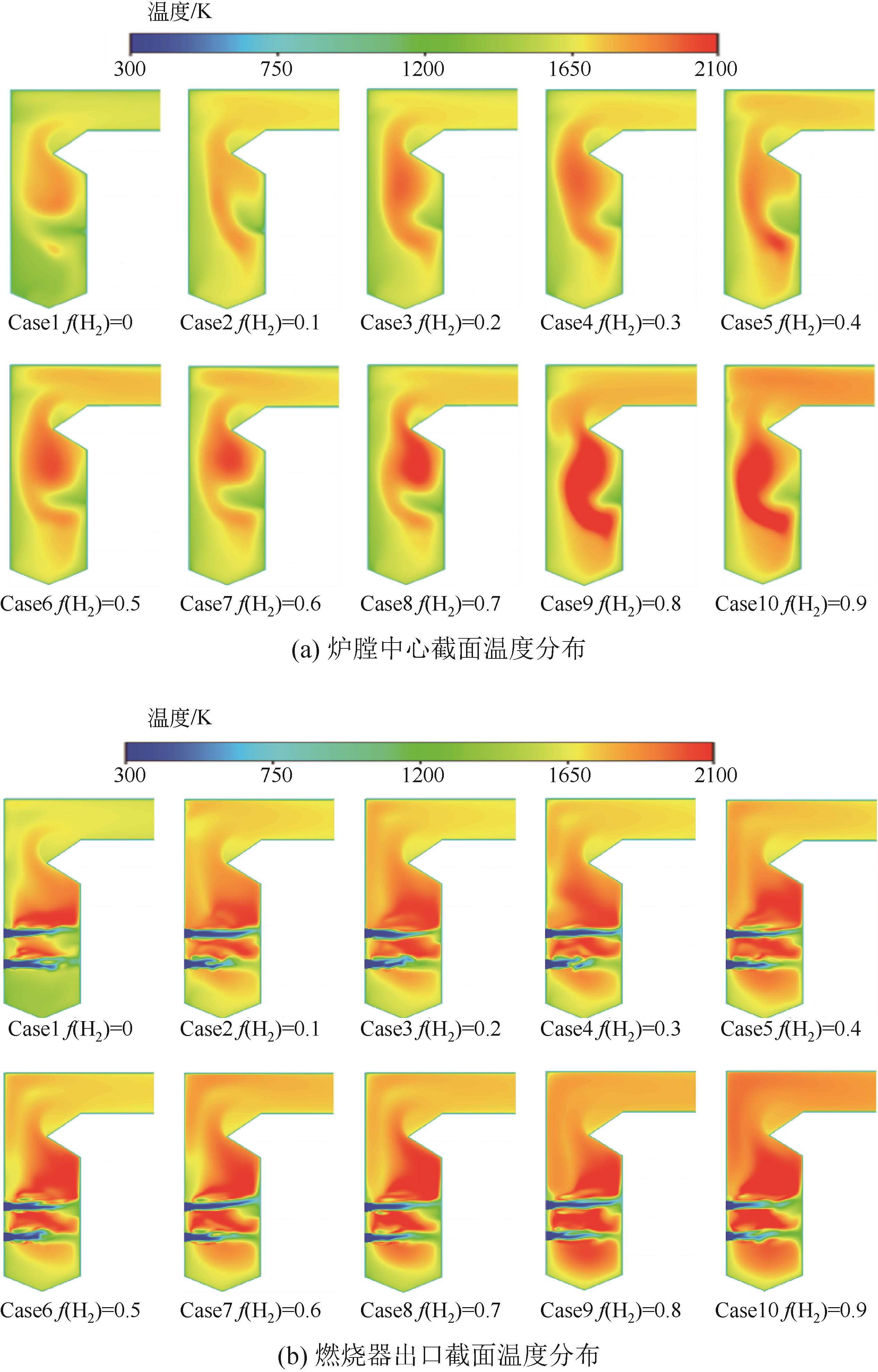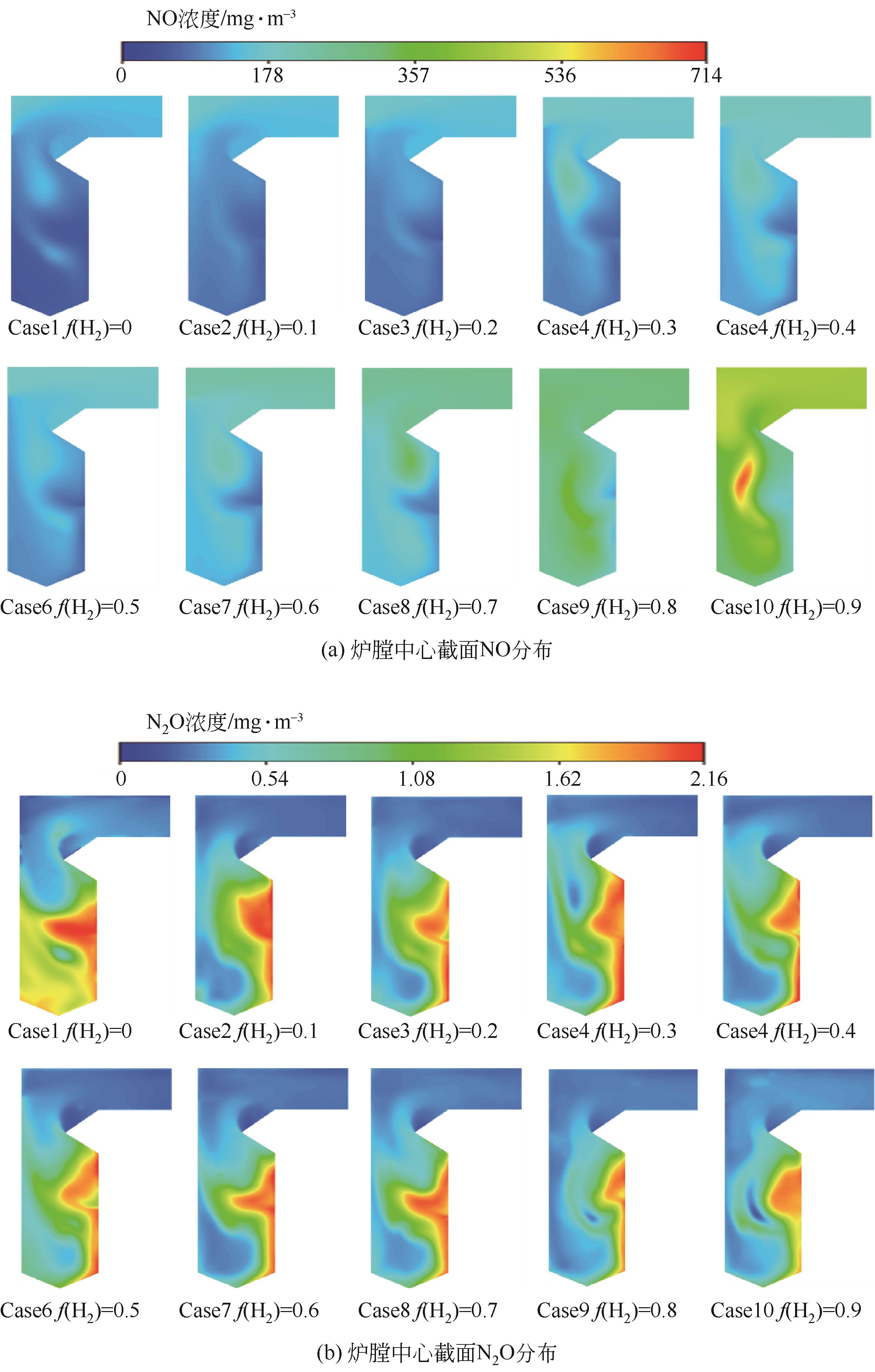| 1 |
王珂, 张引弟, 王城景, 等. CH4掺混H2的燃烧数值模拟及掺混比合理性分析[J]. 过程工程学报, 2021, 21(2): 240-250.
|
|
WANG Ke, ZHANG Yindi, WANG Chengjing, et al. Numerical simulation of combustion of CH4 mixed H2 and rationality analysis of premixed ratio[J]. The Chinese Journal of Process Engineering, 2021, 21(2): 240-250.
|
| 2 |
崔耀欣, 刘晓佩, 陈明敏. F级重型燃气轮机燃烧器天然气掺氢全压试验研究[J]. 燃气轮机技术, 2021, 34(2): 38-42.
|
|
CUI Yaoxin, LIU Xiaopei, CHEN Mingmin. Experimental study of natural gas mixed with hydrogen under full pressure of F-class heavy duty gas turbine burner[J]. Gas Turbine Technology, 2021, 34(2): 38-42.
|
| 3 |
HUANG Yue, MA Fanhua. Intelligent regression algorithm study based on performance and NO x emission experimental data of a hydrogen enriched natural gas engine[J]. International Journal of Hydrogen Energy, 2016, 41(26): 11308-11320.
|
| 4 |
ZHAO Y, MCDONELL V, SAMUELSEN S. Influence of hydrogen addition to pipeline natural gas on the combustion performance of a cooktop burner[J]. International Journal of Hydrogen Energy, 2019, 44(23): 12239-12253.
|
| 5 |
GONZÁLEZ-ESPINOSA A, GIL A, ROYO-PASCUAL L, et al. Effects of hydrogen and primary air in a commercial partially-premixed atmospheric gas burner by means of optical and supervised machine learning techniques[J]. International Journal of Hydrogen Energy, 2020, 45(55): 31130-31150.
|
| 6 |
LI Pengfei, WANG Feifei, MI Jianchun, et al. Mechanisms of NO formation in MILD combustion of CH4/H2 fuel blends[J]. International Journal of Hydrogen Energy, 2014, 39(33):19187-19203.
|
| 7 |
ARAOYE A A, ABDELHAFEZ A, NEMITALLAH M A, et al. Experimental and numerical investigation of stability and emissions of hydrogen-assisted oxy-methane flames in a multi-hole model gas-turbine burner[J]. International Journal of Hydrogen Energy, 2021, 46(38): 20093-20106.
|
| 8 |
DAI Huaming, ZHANG Bingqian, LI Zhuoyu, et al. Combustion characteristics of a porous media burner with partial hydrogen injection[J]. International Journal of Hydrogen Energy, 2022, 47(2): 1092-1102.
|
| 9 |
IAVARONE S, CAFIERO M, FERRAROTTI M, et al. A multiscale combustion model formulation for NO x predictions in hydrogen enriched jet flames[J]. International Journal of Hydrogen Energy, 2019, 44(41): 23436-23457.
|
| 10 |
SUN Yuhao, ZHANG Yanfei, HUANG Mingming, et al. Effect of hydrogen addition on the combustion and emission characteristics of methane under gas turbine relevant operating condition[J]. Fuel, 2022, 324: 124707.
|
| 11 |
LIU Zhigang, XIONG Yan, ZHU Ziru, et al. Effects of hydrogen addition on combustion characteristics of a methane fueled MILD model combustor[J]. International Journal of Hydrogen Energy, 2022, 47(36): 16309-16320.
|
| 12 |
鲍俊杰, 王迪, 刘峰, 等. 燃尽风对燃气锅炉燃烧特性影响的模拟研究[J]. 热能动力工程, 2020, 35(7): 95-101.
|
|
BAO Junjie, WANG Di, LIU Feng, et al. Simulation research of OFA effects on the combustion characteristics of gas-fired boiler[J]. Journal of Engineering for Thermal Energy and Power, 2020, 35(7):95-101.
|
| 13 |
LAUNDER B E, SPALDING D B. The numerical computation of turbulent flows[J]. Computer Methods in Applied Mechanics and Engineering, 1974, 3(2): 269-289.
|
| 14 |
DUAN H, HUANG Y, MEHRA R K, et al. Study on influencing factors of prediction accuracy of support vector machine (SVM) model for NO x emission of a hydrogen enriched compressed natural gas engine[J]. Fuel, 2018, 234: 954-964.
|
| 15 |
成鹏飞, 李鹏飞, 胡帆, 等. 煤粉无焰富氧燃烧的数值模拟方法进展[J]. 洁净煤技术, 2021, 27(2): 45-56.
|
|
CHENG Pengfei, LI Pengfei, HU Fan, et al. Progress in numerical methods for flameless oxy-fuel combustion of pulverized coal[J]. Clean Coal Technology, 2021, 27(2): 45-56.
|
| 16 |
NOVOSSELOV I V, MALTE P C, YUAN S, et al. Chemical reactor network application to emissions prediction for industial DLE gas turbine[C].Proceedings of ASME Turbo Expo 2006: Power for Land, Sea, and Air. ASME, 2008: 221-235.
|
| 17 |
CHO Cheon Hyeon, BAEK Gwang Min, SOHN Chae Hoon, et al. A numerical approach to reduction of NO x emission from swirl premix burner in a gas turbine combustor[J]. Applied Thermal Engineering, 2013, 59(1/2): 454-463.
|
| 18 |
CHEN H Y, WEI Z H, KOLLAR M, et al. A comparative study of N2O formation during the selective catalytic reduction of NO x with NH3 on zeolite supported Cu catalysts[J]. Journal of Catalysis, 2015, 329: 490-498.
|
| 19 |
ZHU M H, LAI J K, WACHS I E. Formation of N2O greenhouse gas during SCR of NO with NH3 by supported vanadium oxide catalysts[J]. Applied Catalysis B: Environmental, 2018, 224: 836-840.
|
| 20 |
戴超, 王亚军, 颜应文, 等. 一种基于敏感性分析的RP-3替代燃料简化机理[J]. 南京航空航天大学学报, 2015, 47(4): 579-587.
|
|
DAI Chao, WANG Yajun, YAN Yingwen, et al. Reduced mechanism of surrogate fuel for RP-3 kerosene based on sensitivity analysis[J]. Journal of Nanjing University of Aeronautics & Astronautics, 2015, 47(4): 579-587.
|
| 21 |
王丽燕, 王振峰, 陈伟华, 等. 酚醛树脂热解产物高温燃烧详细化学反应机理简化[J]. 南京航空航天大学学报, 2020, 52(1): 131-141.
|
|
WANG Liyan, WANG Zhenfeng, CHEN Weihua, et al. Reduction of chemical kinetic mechanism for high‑temperature pyrolysis products of phenolic resin[J]. Journal of Nanjing University of Aeronautics & Astronautics, 2020, 52(1): 131-141.
|
| 22 |
朱郅寒, 韦中悬, 鲍俊杰, 等. 高原地区燃气锅炉燃尽风技术数值模拟[J]. 热能动力工程, 2021, 36(4): 111-117.
|
|
ZHU Zhihan, WEI Zhongxuan, BAO Junjie, et al. Numerical simulation of the over-fire air technology of gas-fired boiler in plateau area[J]. Journal of Engineering for Thermal Energy and Power, 2021, 36(4): 111-117.
|
| 23 |
武辉, 穆克进, 王岳, 等. 氢含量对氢气/甲烷混合气扩散燃烧特性的影响研究[J]. 热能动力工程, 2010, 25(1): 102-106, 125-126.
|
|
WU Hui, MU Kejin, WANG Yue, et al. Investigation of the influence of the hydrogen content on the diffusion combustion characteristics of hydrogen/methane hybrid gas[J]. Journal of Engineering for Thermal Energy and Power, 2010, 25(1): 102-106, 125-126.
|
 ), 刘雪敏2, 刘峰2, 徐洪涛1(
), 刘雪敏2, 刘峰2, 徐洪涛1( ), 刘兆海3, 廖晓炜2
), 刘兆海3, 廖晓炜2
 ), LIU Xuemin2, LIU Feng2, XU Hongtao1(
), LIU Xuemin2, LIU Feng2, XU Hongtao1( ), LIU Zhaohai3, LIAO Xiaowei2
), LIU Zhaohai3, LIAO Xiaowei2











